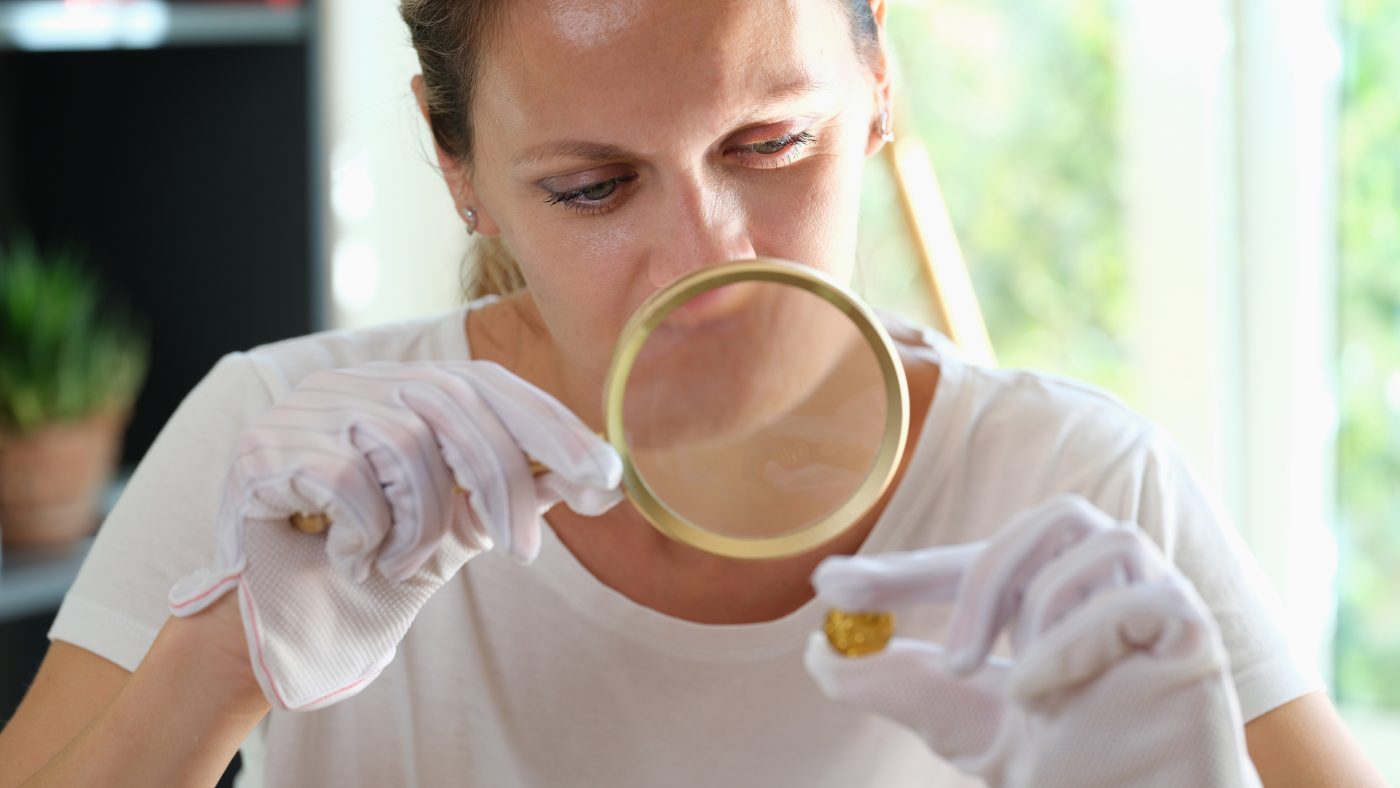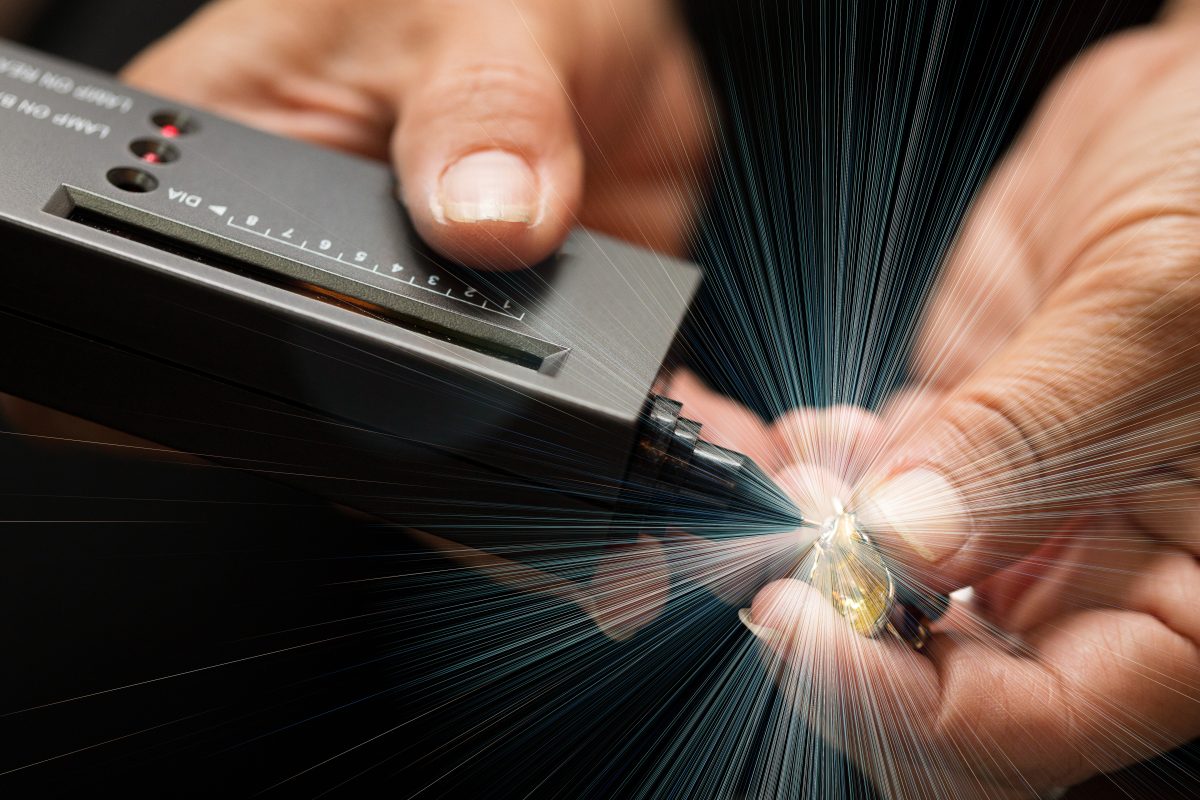How to Verify Authenticity of Gold Jewelry
Pete Anzalone, US Sales Manager, Thermo Scientific
A recent news article discussed how New Yorkers are heading to pawn shops for cash to help pay bills.
That trend is not just in the United States. The BBC recently reported that pawn loans are soaring and that, according to figures from the Financial Conduct Authority, there has been a 25% increase in the number of new loans from pawnbrokers over the past couple of years.
Jewelry is a common item that gets pawned. With the value of gold at nearly $2,200 an ounce as of March 2024, it is crucial that pawnbrokers know exactly how much gold is in the jewelry they are buying and selling—and that it’s not counterfeit. Fortunately, there are various methods you can use to ensure the authenticity of gold and other precious metal items. This article aims to shed light on the meticulous process undertaken by pawnbrokers to verify if a piece of jewelry is indeed made of real gold.

Visual Inspection
The initial step in assessing the authenticity of gold jewelry involves a comprehensive visual inspection. Closely examine the piece, looking for distinct hallmarks or stamps that indicate the gold’s purity.
These hallmarks usually include a number followed by “k” or “kt” (karats), such as 18k or 24k, signifying the percentage of gold content in the piece.
Magnet Test
Gold is not magnetic, so if a piece of jewelry is attracted to a magnet, it is highly likely that it is not made of genuine gold. However, it is important to note that this test alone is not conclusive, as other metals used in jewelry-making might also be non-magnetic.
Acid Testing
Acid testing is a widely recognized method to verify the purity of gold jewelry. A small scratch is made on a discrete part of the piece, and a drop of acid solution is applied to the mark. Different acid solutions are used, each corresponding to a specific gold purity level. If the jewelry reacts differently or dissolves in the acid, it indicates that it may not be genuine gold.
There are several reasons that acid testing should not be done, including inaccuracy, use of dangerous chemicals, and damage to the gold piece.

Density Test
Pawnbrokers also utilize a density test to determine the authenticity of gold jewelry. This method relies on the principle that gold has a higher density compared to most other metals. A precise measurement of the piece’s weight is taken, followed by a measurement of its volume using specialized equipment. By dividing the weight by the volume, the density is calculated. If the density falls within the expected range for gold, it provides further evidence of authenticity.
X-ray Fluorescence (XRF) Testing
In more advanced pawnbroking establishments, X-ray Fluorescence (XRF) testing may be employed to analyze the composition of gold jewelry accurately. This non-destructive technique uses X-rays to determine the elemental composition of the piece, including the percentage of gold content. XRF testing provides highly accurate results and is considered one of the most reliable methods for verifying gold jewelry authenticity.
With XRF precious metals analyzers the shop workers can measure the content of all gold and precious metals, as well as determine the presence and concentration of other trace, alloying elements, and dangerous heavy elements, which could impact health and the valuation of the pieces. Most importantly, it is a non-destructive technology, so the piece does not lose any value during testing. This is an especially important factor if you’re dealing with high value items.
Conclusion
Pawnbrokers employ a combination of visual inspection, acid testing, density testing, and sometimes even X-ray Fluorescence (XRF) testing to ensure the authenticity of gold jewelry. These meticulous procedures allow them to provide accurate valuations and establish trust with customers. By understanding the process undertaken by pawnbrokers, customers can have confidence in the expertise and professionalism of these professionals when it comes to assessing the value of their gold jewelry.

